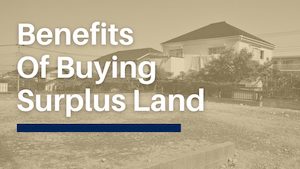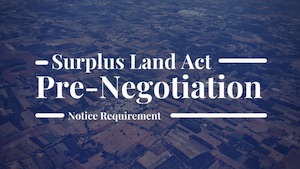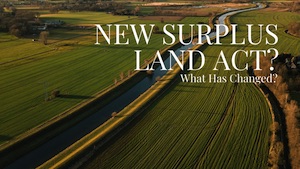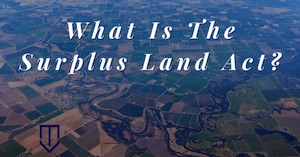
Surplus Land Act
Government Code section 54230.5 contains the “penalty” or “enforcement” provisions in the updated Surplus Land Act enacted under Assembly Bills 1255 and 1486 in 2019. Specifically, Section 54230.5 (a)(1) creates a penalty of “30 percent of the final sale price of the land sold in violation of this article for a first violation and 50 percent of any subsequent violation.” This is a serious hammer for noncompliance. A public entity may rightly be concerned, however, with ambiguities or gaps in a newly-enacted law.
Recently, in April 2021, the California Department of Housing and Community Development (HCD) released “guidelines” to provide clarity on the law to avoid the perils of non-compliance. Broadly, the Guidelines include further refinement of “definitions,” information on the “surplus land determination process,” requirements to be placed on surplus land for affordable housing, reporting requirements, and performance monitoring and penalties. These Guidelines are made available here and through HCD’s website. Since the Guidelines are too extensive to be digested in a single blog post, later posts here will digest each of the pieces and–the remaining gaps–over time. Until then, they are worth reviewing in full.

 California Partition Law Blog
California Partition Law Blog







